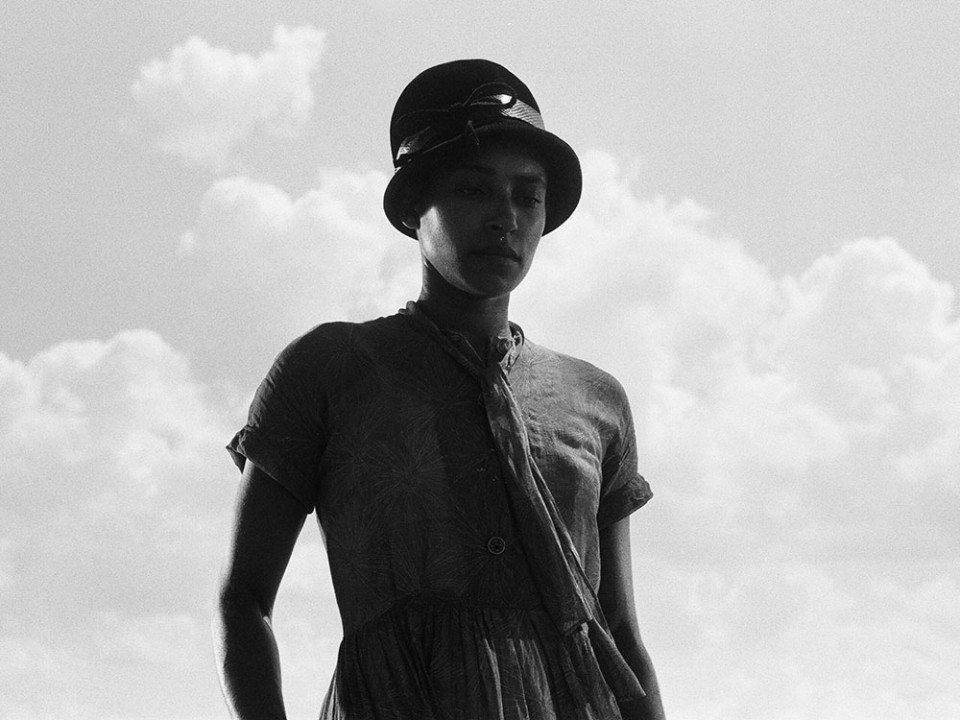Garrett Bradley’s America opens with an archival headshot of Bert Williams before cutting to four stills of the actor on a film set, in character and blackfaced. The score features the sound of a door swinging open, then footsteps. It is the sound of people assembling. It’s showtime. The still photographs give way to a film clip of Williams and a beautiful woman joyfully riding a carousel. His eyes on the prize, he reaches for the brass ring, grabs it, and triumphantly smiles.
As Bradley states above, Bert Williams might constitute the beginning of a trajectory, a speculative writing of a Black film history. Moreover, her proposition lends itself to understanding how the idea of Black film suggests neither a mere reflection of truth, nor an art wholly devoid of cultural consequence. In this way, America thrives in this liminal suspension; it enlivens the archive in its rejection of staid conjecture from either pole.
